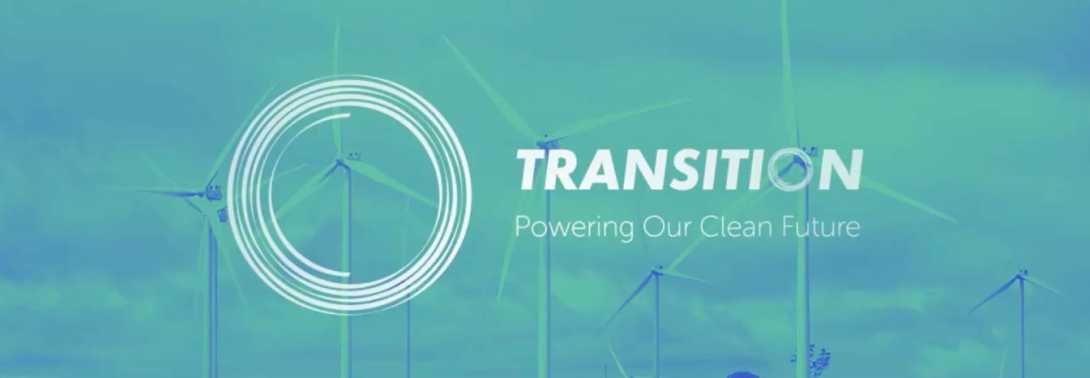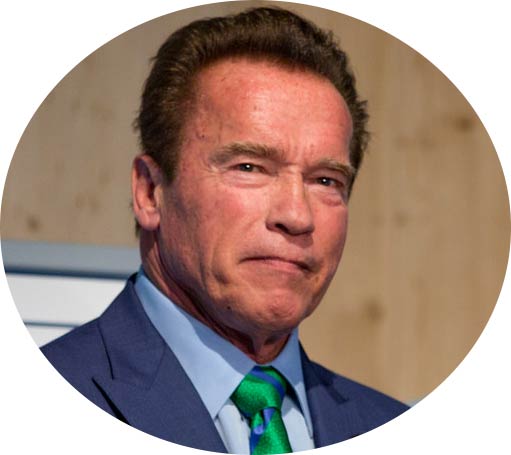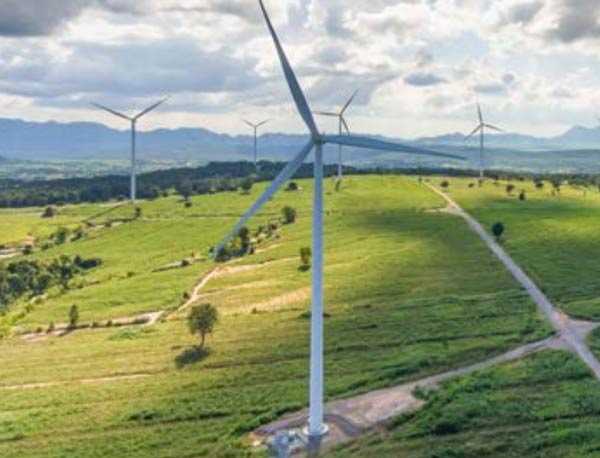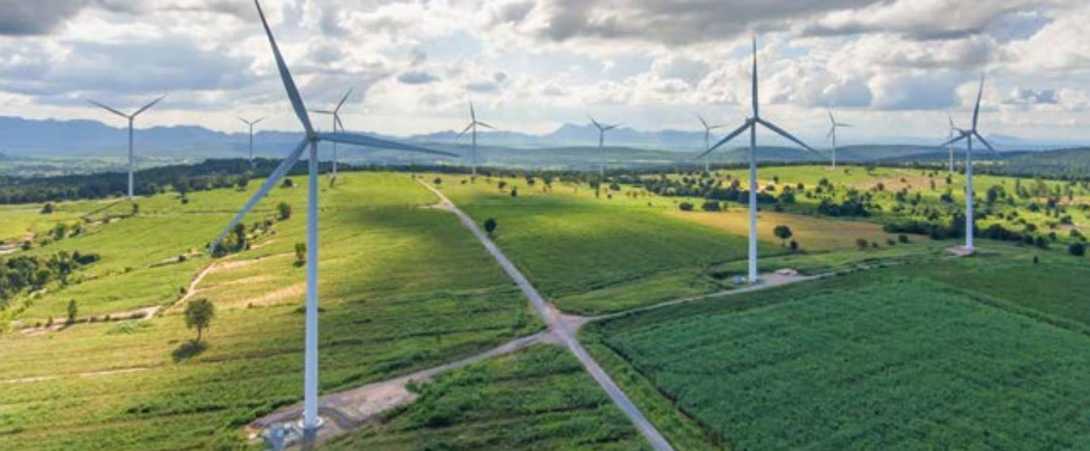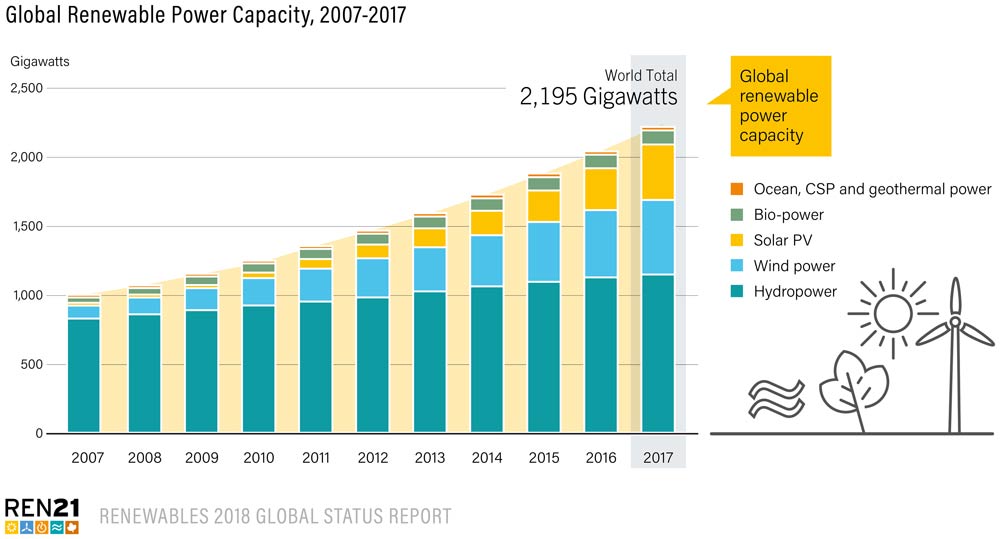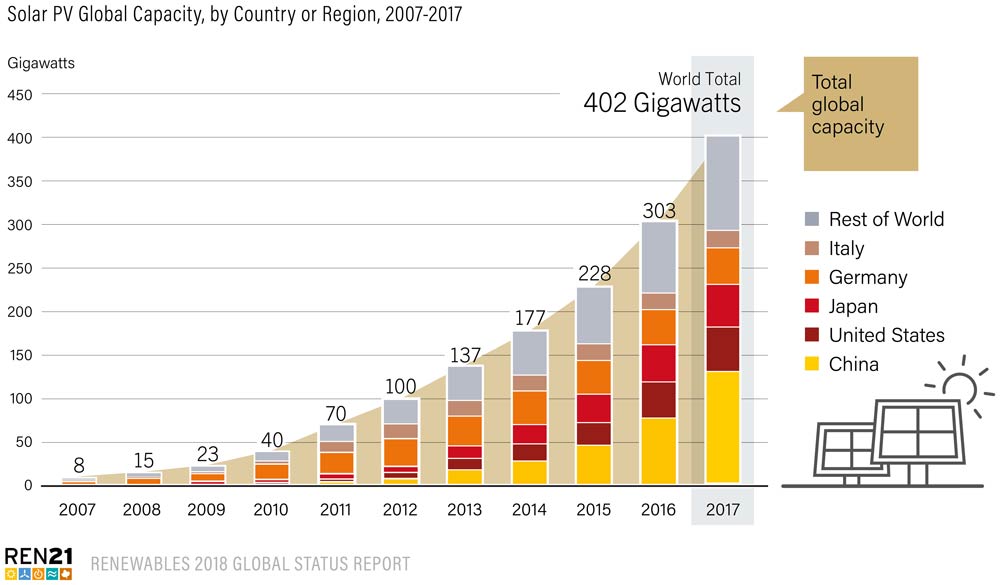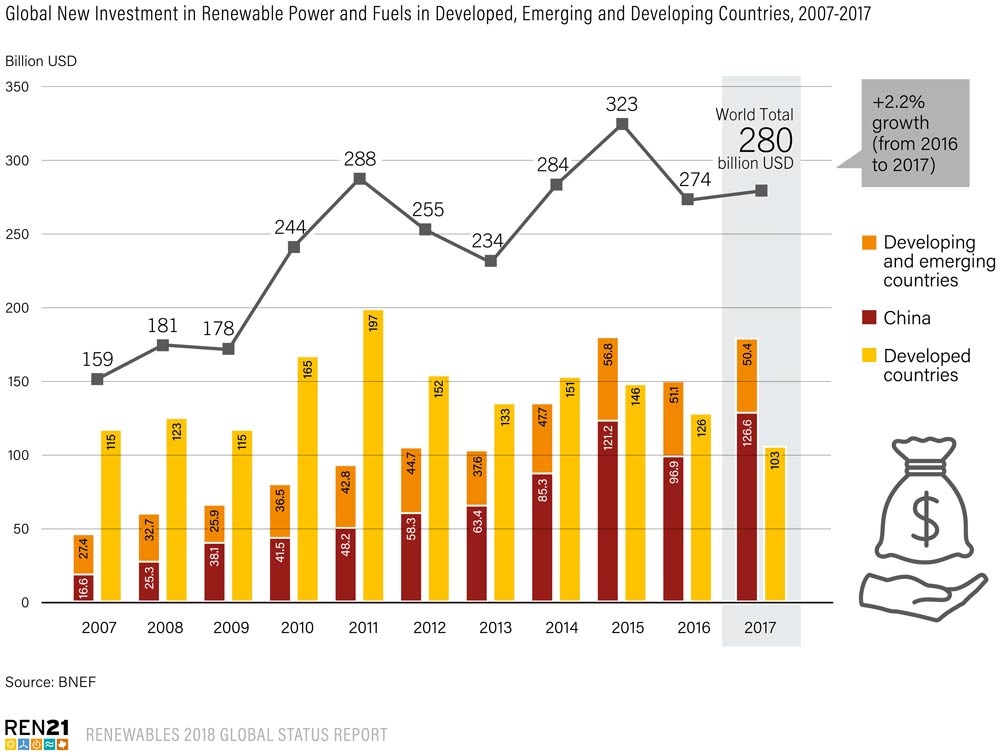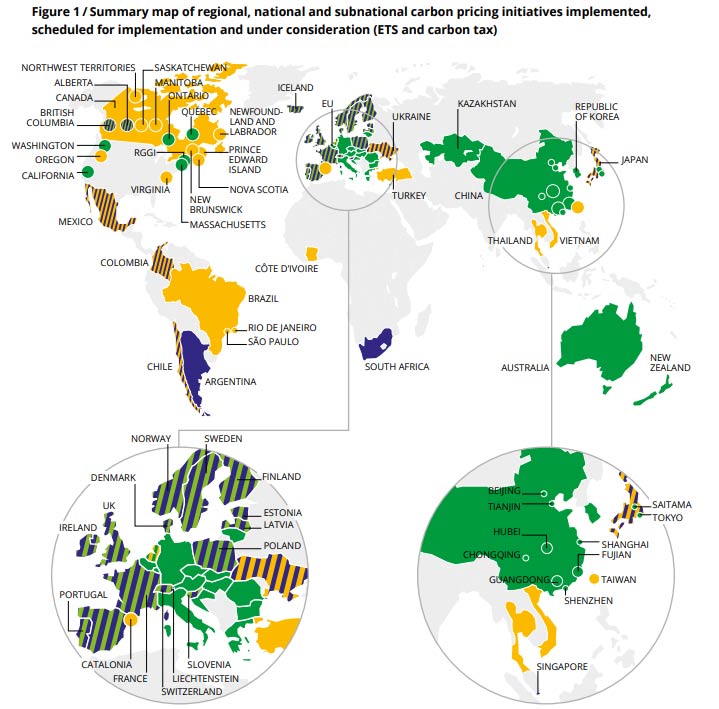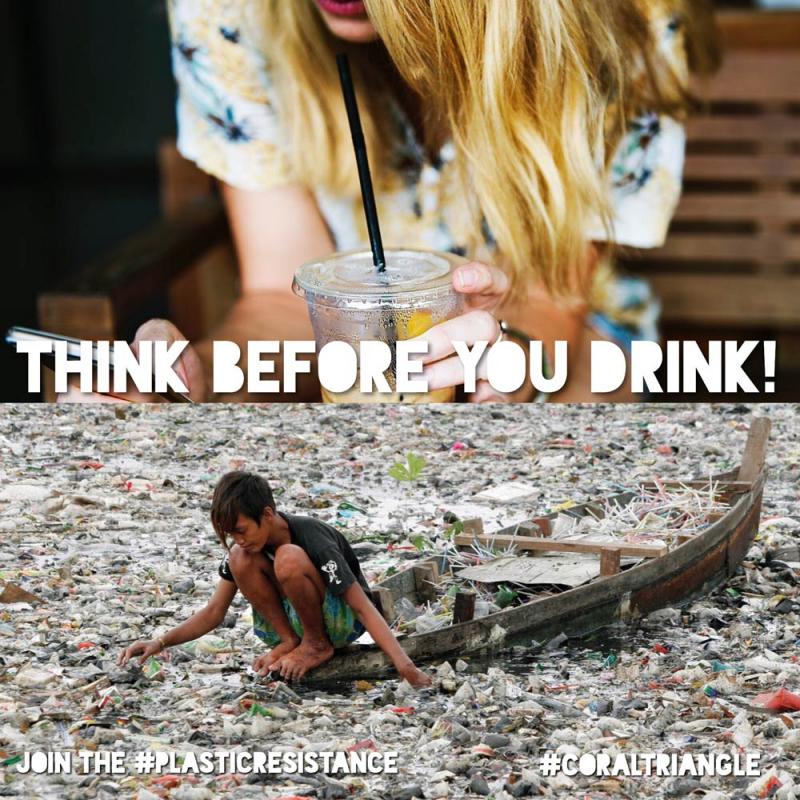
A wise investment in land supports you and your future. Your choices determine future scenarios for sustainable growth. The 2018 World Day to Combat Desertification (#2018WDCD) urges you to move away from unsustainable land use and make a difference by investing in the future of land under the slogan, “Land has true value – invest in it.”
We often use land as if it were a limitless resource, ignoring its role in our everyday lives. This negligence threatens food and water supply, biodiversity, and even human security itself. Short-sighted economic gains such as land grabbing, unplanned urban sprawl, unsustainable agriculture, and over-consumption lead to unsustainable land use, which eventually causes degradation and loss of critical ecosystem services. As a result, consumption of the Earth´s natural reserves has doubled in the last 30 years, with a third of the planet´s land already severely degraded.
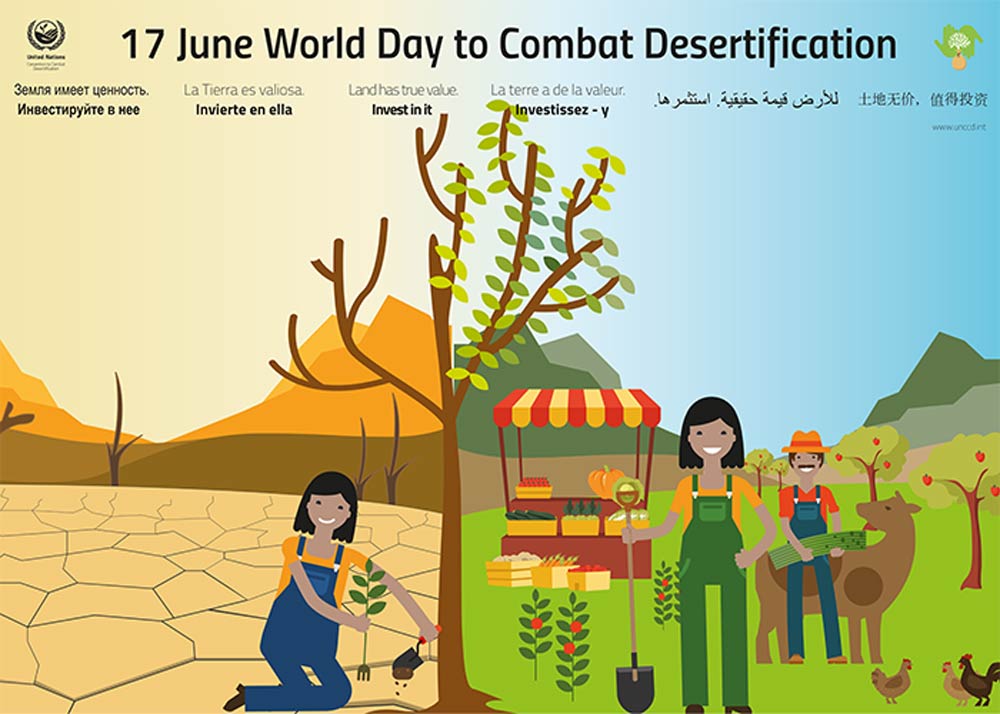
By turning land degradation into land restoration, we can realize the land´s full potential. Healthy and productive land can bring not only environmental but also significant economic gains. For example, case studies from the Economics of Land Degradation Initiative (2015) indicate that:

 The annual loss of 75 billion tons of soil from arable land leads a missing opportunity for economic benefits of USD 400 billion per year globally
The annual loss of 75 billion tons of soil from arable land leads a missing opportunity for economic benefits of USD 400 billion per year globally

 Taking action against soil erosion over 105 million hectares would save up to USD 62.4 billion in net present value over the next 15 years
Taking action against soil erosion over 105 million hectares would save up to USD 62.4 billion in net present value over the next 15 years

 Enhancing carbon stocks through agricultural soils alone can create potential value on the carbon market from USD 96-480 billion annually
Enhancing carbon stocks through agricultural soils alone can create potential value on the carbon market from USD 96-480 billion annually
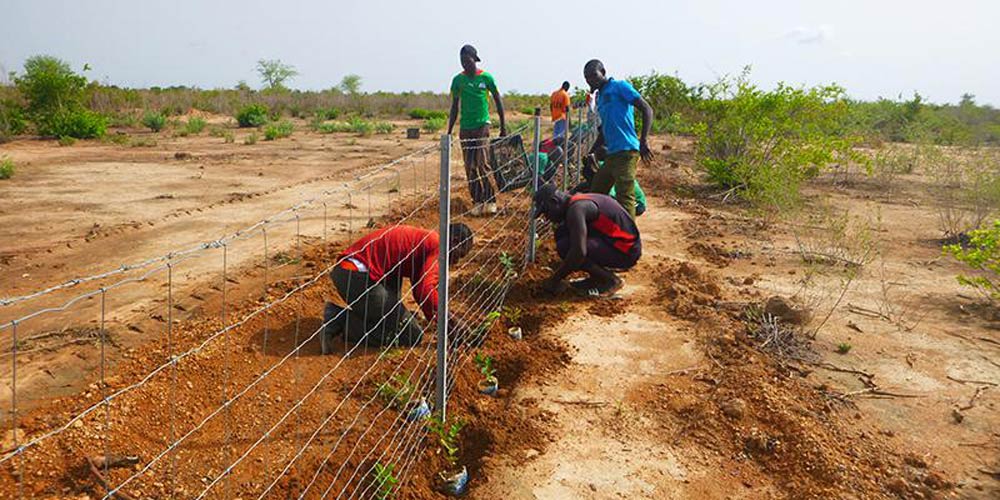
Burkina Faso: 20 000 trees are planted to create living hedges. Photo Credits:UNCCD
Sustainable land management (SLM) is a wise investment for economic growth that does not compromise resilient livelihoods. It is key to safeguarding and managing the quality of the land by balancing its biological and economic potential. Moreover, land can play a vital role in linking multiple Sustainable Development Goals by harnessing synergies while minimizing potential conflicts and trade-offs. SLM can give tremendous momentum to positive change. By safeguarding life on land, we deliver for all life on Earth.
This is the true value of land.
Every one of us has a role to play. Farmers can invest in smart agriculture that leads to higher yields despite a reduction in inputs like pesticides. Policy makers and land managers can support bio-economy by investing in new SLM technologies and processes. Consumers can spend their money on organic and fairly traded products to avoid land degradation. There are many more ways to invest in land wisely.

Vietnam: Delegates of the WDCD meeting plant 2 000 trees at Dien Bien Dong district, Dien Bien province to promote sustainable land management practices. Photo Credits:UNCCD
We can all contribute to and benefit from investing in SLM – whether we act as consumers, producers, corporations, or governments. Changes in behavior and adoption of more efficient planning and practices can guarantee that sufficient land resources are available long-term to meet our ambitions for and to provide sustainable livelihoods.
The choice is ours. Know the true value of land and invest in it.
